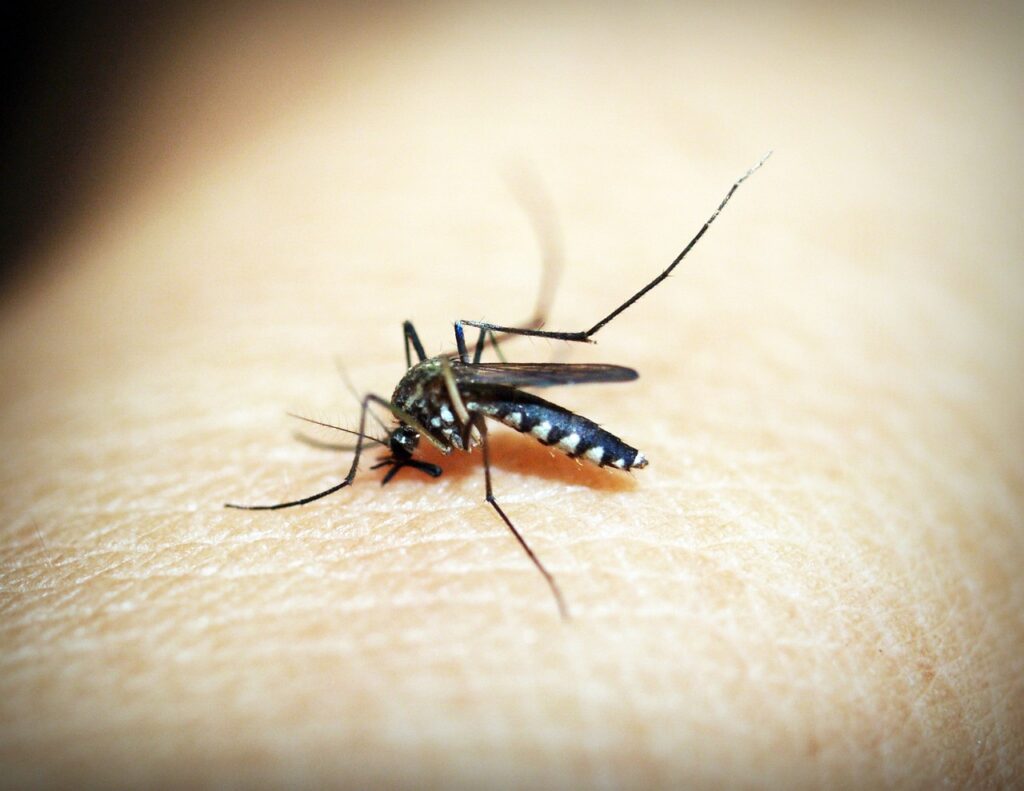What is Dengue?
Dengue fever is a viral infection caused by the dengue virus, which is transmitted primarily by Aedes mosquitoes, particularly Aedes aegypti and Aedes albopictus. These mosquitoes are commonly found in tropical and subtropical regions worldwide, especially in urban and semi-urban areas. Dengue fever can range from mild to severe, with severe cases potentially leading to life-threatening complications.
Types of Dengue
The dengue virus exists in four distinct serotypes: DEN-1, DEN-2, DEN-3, and DEN-4. Infection with one serotype provides lifelong immunity to that specific serotype but only temporary immunity to the others. Dengue hemorrhagic fever (DHF) and dengue shock syndrome (DSS) are severe forms of dengue fever characterized by plasma leakage, severe bleeding, and organ impairment.
Symptoms of Dengue
Symptoms of dengue fever typically appear 4 to 10 days after being bitten by an infected mosquito. Common symptoms include:
- High fever
- Severe headache
- Pain behind the eyes
- Joint and muscle pain
- Fatigue
- Nausea and vomiting
- Skin rash
- Mild bleeding, such as nosebleeds or gum bleeding
In severe cases, symptoms may worsen and can include severe abdominal pain, persistent vomiting, bleeding gums, difficulty breathing, and restlessness.
Causes of Dengue
The dengue virus is primarily transmitted to humans through the bite of infected female Aedes mosquitoes. These mosquitoes become infected with the virus when they feed on the blood of a person already infected with dengue fever. Once infected, the mosquito can transmit the virus to other humans through subsequent bites.
Risk Factors for Dengue
Several factors increase the risk of dengue fever, including:
- Living or traveling to regions where the dengue virus is endemic
- Inadequate mosquito control measures
- Exposure to mosquito bites, especially during peak mosquito activity times (early morning and late afternoon)
- Lack of immunity to the dengue virus
Diagnosis of Dengue
Diagnosing dengue fever involves a combination of clinical evaluation, laboratory tests, and assessment of symptoms. Common diagnostic tests include:
- Enzyme-linked immunosorbent assay (ELISA) to detect dengue-specific antibodies
- Polymerase chain reaction (PCR) to detect viral RNA
- Complete blood count (CBC) to assess for leukopenia (low white blood cell count) and thrombocytopenia (low platelet count)
Early diagnosis is crucial for timely management and treatment of dengue fever.
Pharmacokinetics of Dengue Treatment
The pharmacokinetics of drugs used to treat dengue fever vary depending on the specific medication. For example, antiviral drugs such as ribavirin and favipiravir are typically administered orally and are absorbed into the bloodstream. They are then distributed throughout the body, where they exert their antiviral effects by inhibiting viral replication.
Pharmacodynamics of Dengue Treatment
The pharmacodynamics of dengue treatment involve understanding how medications alleviate symptoms and reduce the severity of the infection. Antiviral drugs target the dengue virus directly, inhibiting its replication and spread within the body. Other medications such as pain relievers and anti-inflammatory drugs help manage symptoms such as fever and pain.
Pharmacological Treatment of Dengue
Currently, there is no specific antiviral treatment for dengue fever. Treatment primarily focuses on relieving symptoms and preventing complications. Common pharmacological interventions include:
- Bed rest
- Adequate hydration with oral rehydration solutions or intravenous fluids
- Pain relievers such as acetaminophen (paracetamol) to reduce fever and alleviate pain
- In severe cases, hospitalization may be necessary for supportive care, including intravenous fluids and blood transfusions to manage complications such as severe bleeding and shock.
Non-Pharmacological Treatment of Dengue
Non-pharmacological measures play a crucial role in dengue management and prevention. These measures include:
- Reducing mosquito breeding sites by eliminating standing water from containers, tires, and other potential breeding sites
- Using insect repellents containing DEET, picaridin, or oil of lemon eucalyptus
- Wearing long sleeves, pants, and clothing treated with permethrin to prevent mosquito bites
- Installing window screens and using mosquito nets to protect against mosquito bites, especially during peak mosquito activity times
- Implementing vector control measures such as indoor residual spraying and larval control to reduce mosquito populations
Conclusion
Dengue fever is a significant public health concern, particularly in regions where the Aedes mosquito vectors are prevalent. While there is currently no specific antiviral treatment for dengue, early diagnosis, supportive care, and preventive measures are essential for managing the disease and reducing its impact on affected individuals and communities. Public health efforts aimed at mosquito control, community education, and research into dengue prevention and treatment play a critical role in reducing the burden of dengue fever worldwide.








